Posted on August 10, 2019
February 1, 2022: Danville Museum of Fine Arts and History is announced as a designated National Civil Rights Site.
We thank Sherman Saunders, Tommy Bennett, and Gayle Breakley for being our speakers for this event. We also thank Torrey Dixon, Tommy Bennett, Willie Fitzgerald, Reverent Lawrence G. Campbell, Doris E Wilson, Paula M. Smith, and Carol Hill Wilson, for writing letters of support for the Civil Rights Trail Designation application. We thank our Vice President Larry Wilburn for putting forward the request and for overseeing the installation of the Civil Rights Timeline exhibition called The Movement in 2019.
The Danville Museum also wishes to thank the City of Danville, Danville, VA Department of Economic Development & Tourism, Virginia Humanities, Virginia Tourist Corporation, National Civil Rights Trail, the Virginia Department of Education, Averett University, Preservation Virginia, and the Carter G. Woodson Commission.
Watch Sherman Saunders, Tommy Bennett, and Gayle Breakley’s speeches below.
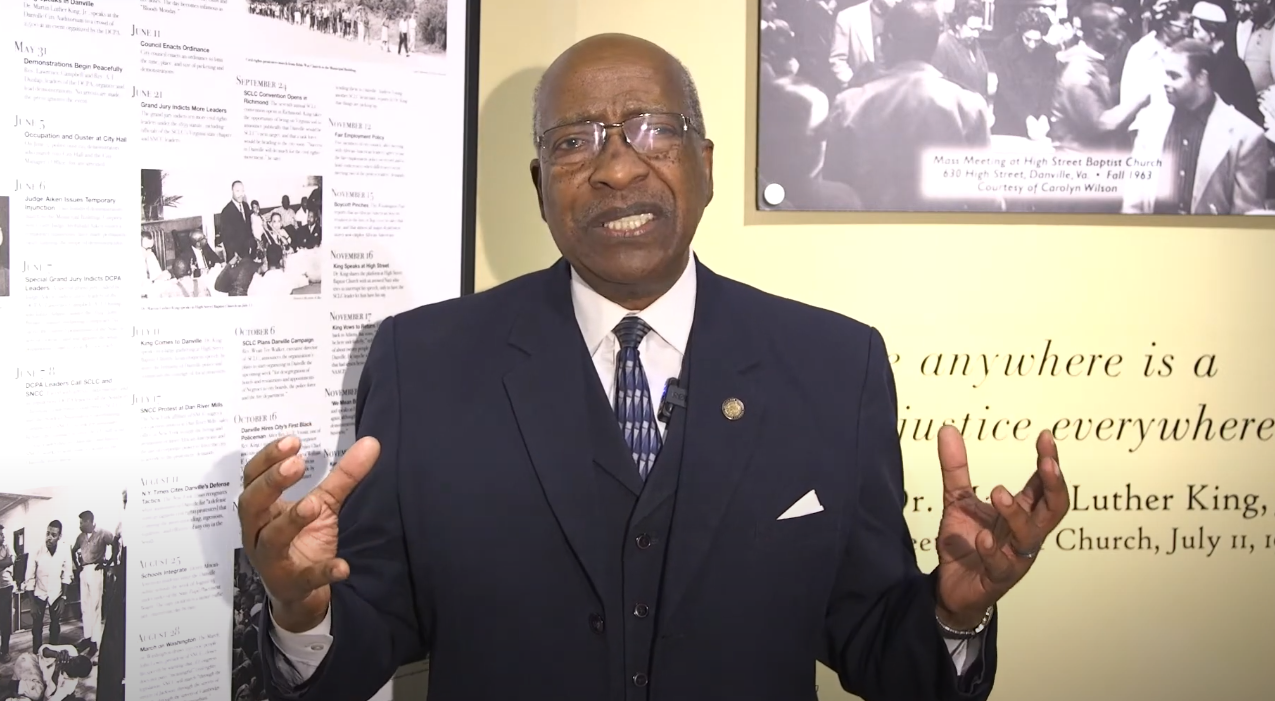
Sherman Saunders
Tommy Bennett
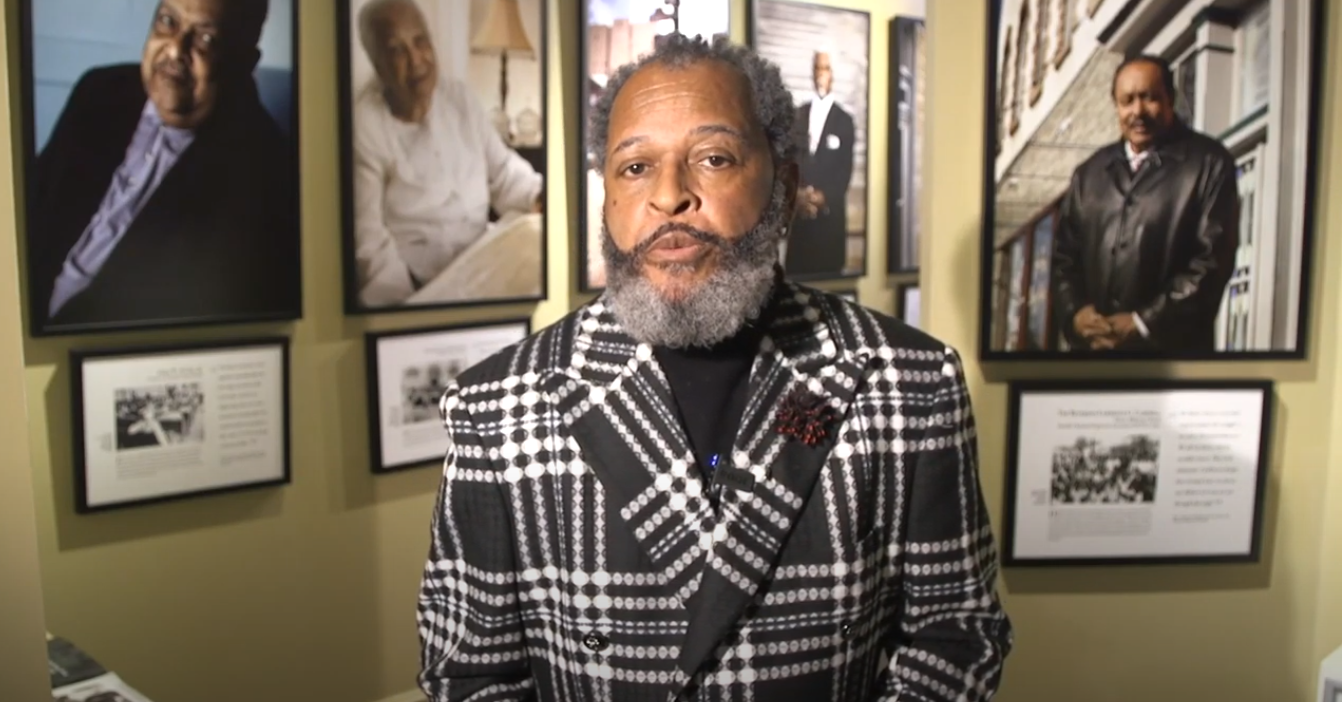
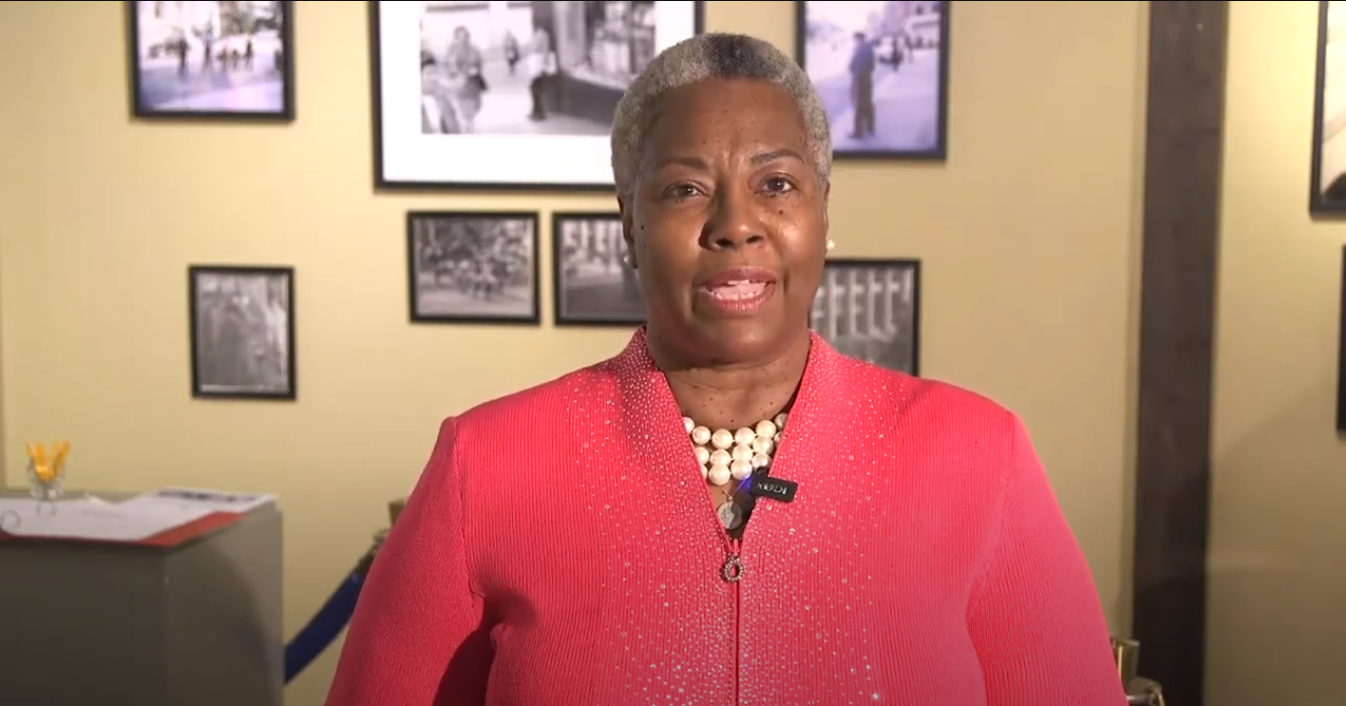
Gayle Breakley
Posted on August 10, 2019 by Emma Edmunds
The Danville civil rights demonstrations began peacefully late in May 1963 when local civil rights leaders organized demonstrations, sit-ins, and marches to protest segregation in all spheres, but especially in municipal government, employment, and public facilities. As protests accelerated, however, white authorities responded early in June with tough legal stratagems and violence, attacking demonstrators with clubs and fire hoses. Martin Luther King Jr.’s Southern Christian Leadership Conference (SCLC), the Student Nonviolent Coordinating Committee (SNCC), and the National Association for the Advancement of Colored People (NAACP) all sent state and national leaders to Danville to assist the African American protesters, but to little avail. The legal resistance displayed by authorities—injunctions, ordinances, and court procedures condemned by the U.S. Justice Department—proved so effective and unyielding that protests were stymied, resulting in few immediate gains for African Americans.
The Movement – Danville’s Civil Rights
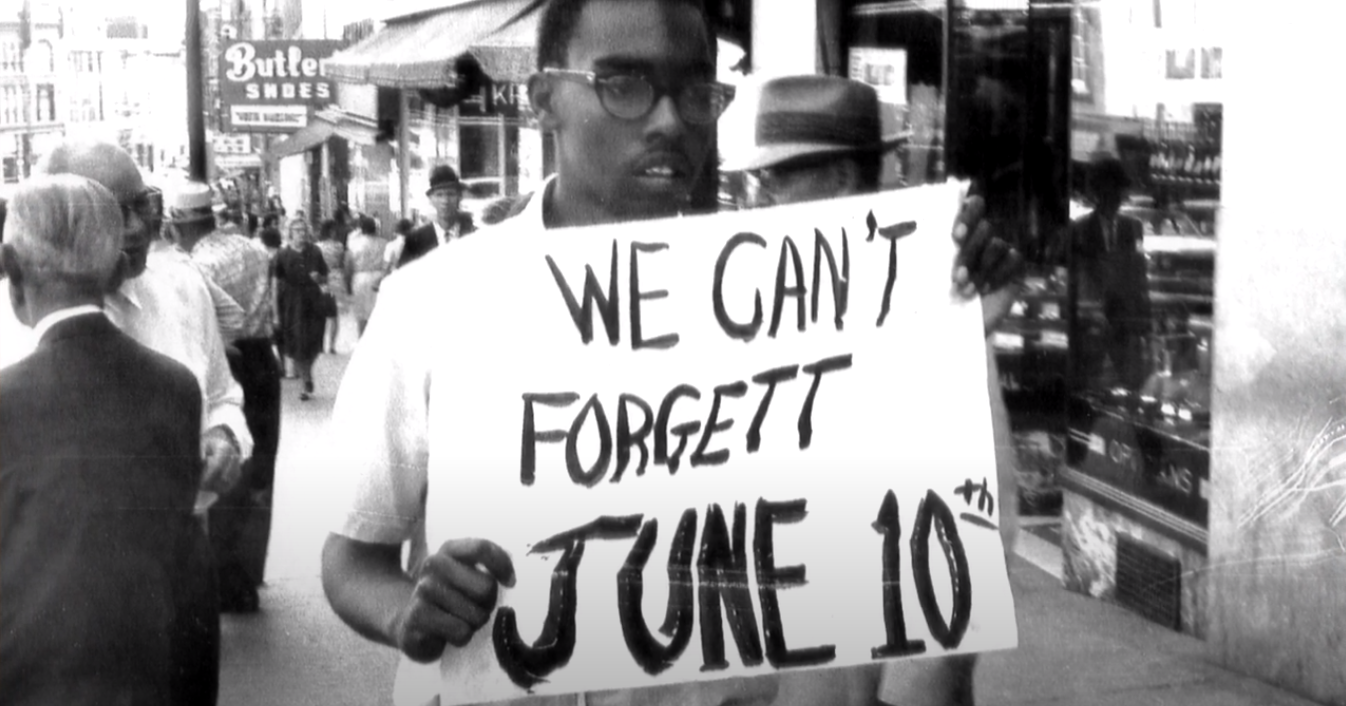
Despite DCPA-led petitions to city council for more representation in municipal government and services, Danville remained largely segregated in 1963. On May 31, a few weeks after well-publicized demonstrations in Birmingham, Alabama, protests led by two members of the DCPA began. On June 5, protesters marched into City Hall and occupied the city manager’s office; the next day, as two hundred people demonstrated at the Municipal Building, Danville Corporation Court Judge Archibald M. Aiken issued a temporary injunction, later made permanent, severely limiting the scope of protests. He also called a special grand jury, which indicted three demonstration leaders on charges of “conspiring to incite the colored population of the State to acts of violence and war against the white population,” an 1859 statute enacted after John Brown‘s raid on Harpers Ferry. Bond was set at $5,000 each.
Leaders of the DCPA sought help from black activist groups, and SNCC and SCLC sent state and national representatives. On the evening of June 10, 1963, a prayer vigil for those arrested earlier in the day met with violence as police and deputized garbage men attacked the vigil with clubs and fire hoses, injuring forty-seven. In the aftermath, concerned black property owners stepped forward to post their houses and businesses for those arrested and jailed. Trials began on June 17 under Judge Aiken. The U.S. Justice Department issued a brief that strongly criticized his courtroom procedures, but appeals by local and state NAACP attorneys, working with national lawyers such as William Kunstler, never brought swift federal court relief. On June 21, the special grand jury indicted ten more protest leaders, including SNCC and SCLC representatives, under the John Brown statute.
The legal maneuvers of white authorities began to take a toll. On July 10, the city council enacted an ordinance that further restricted protests. One day later, Martin Luther King Jr. came to Danville and spoke to a large gathering, but refused to lead a march. The SCLC leader returned briefly on July 19, but an SCLC mass jail-in on July 28 proved disappointing. Of the 311 people who agreed to participate, only 77 went to jail. By August, more than three hundred individuals were awaiting trial. Bail bonds had soared to an estimated $300,000 total. Venues for some cases had been moved to locations eighty to two hundred miles away—a hardship on defendants that led to limited federal court intervention. By summer’s end, however, arrests, high bail, restrictive injunctions, and ordinances had worn down and frustrated the Danville movement. No progress had been made on the protesters’ goals—participation in municipal government and services and the hiring of blacks in downtown white businesses.
In late September, SCLC held its annual convention in Richmond, and leaders debated where next to focus the organization’s forces. In at least one instance, King expressed a preference for a massive campaign in Danville or in Birmingham, where the Sixteenth Street Baptist Church bombing had killed four young girls. That autumn SCLC sent representatives to Danville, and negotiations led to the hiring of the city’s first black policeman. An SCLC-led voter registration drive began, but efforts stopped after the assassination of U.S. president John F. Kennedy on November 22. In a city council election the following year, a white segregationist ticket won handily. Meanwhile, civil rights case appeals continued, with some remaining unsettled until 1973 when a circuit court judge suspended the sentences of six demonstration leaders.
David Hutchinson Interview with Sherman Saunders and Mayor Alonzo Jones
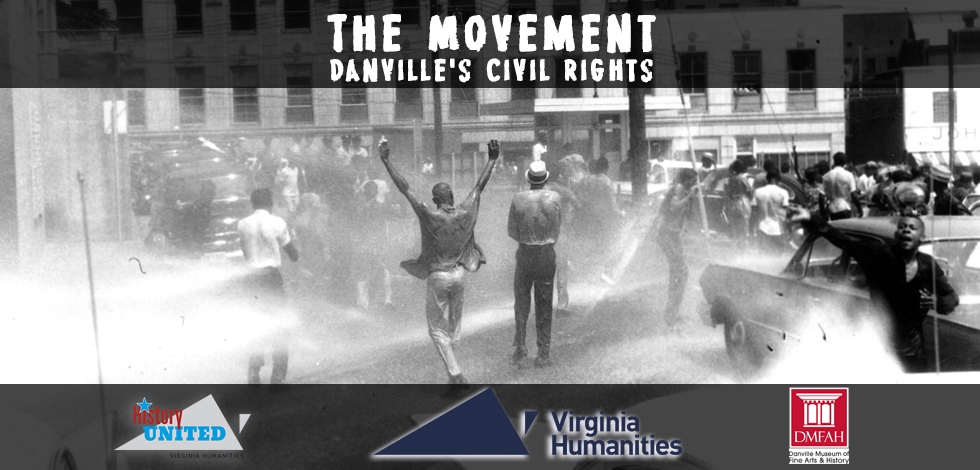
David Hutchinson Interview with Sherman Saunders and Mayor Alonzo Jones
PBS/VPN Documentary on Danville Civil Rights
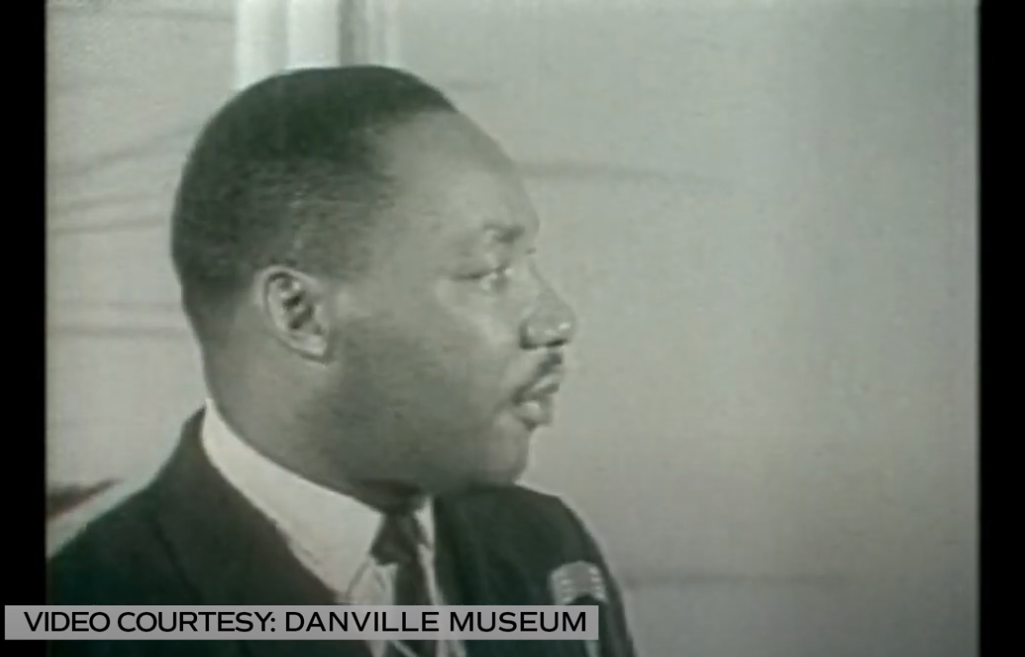
Hours:
Tuesday – Friday
10:00 AM – 5:00 PM
Saturday
12:00 – 5:00 PM
Closed Sunday and Monday
Phone: (434)-793-5644
Email: info@danvillemuseum.org
Terms of Use | Privacy Policy | Cookie Policy | Accessibility Statement
© 2024 All rights reserved.
Terms of Use
Privacy Policy
Cookie Policy
Accessibility Statement
© 2024 All rights reserved.
Submit your religious or spiritual art and artifacts for the Danville Museum of Fine Arts and History’s December exhibition. The form is open until November 7, 2024, at 4:00 PM, and selected contributors will be notified via email.